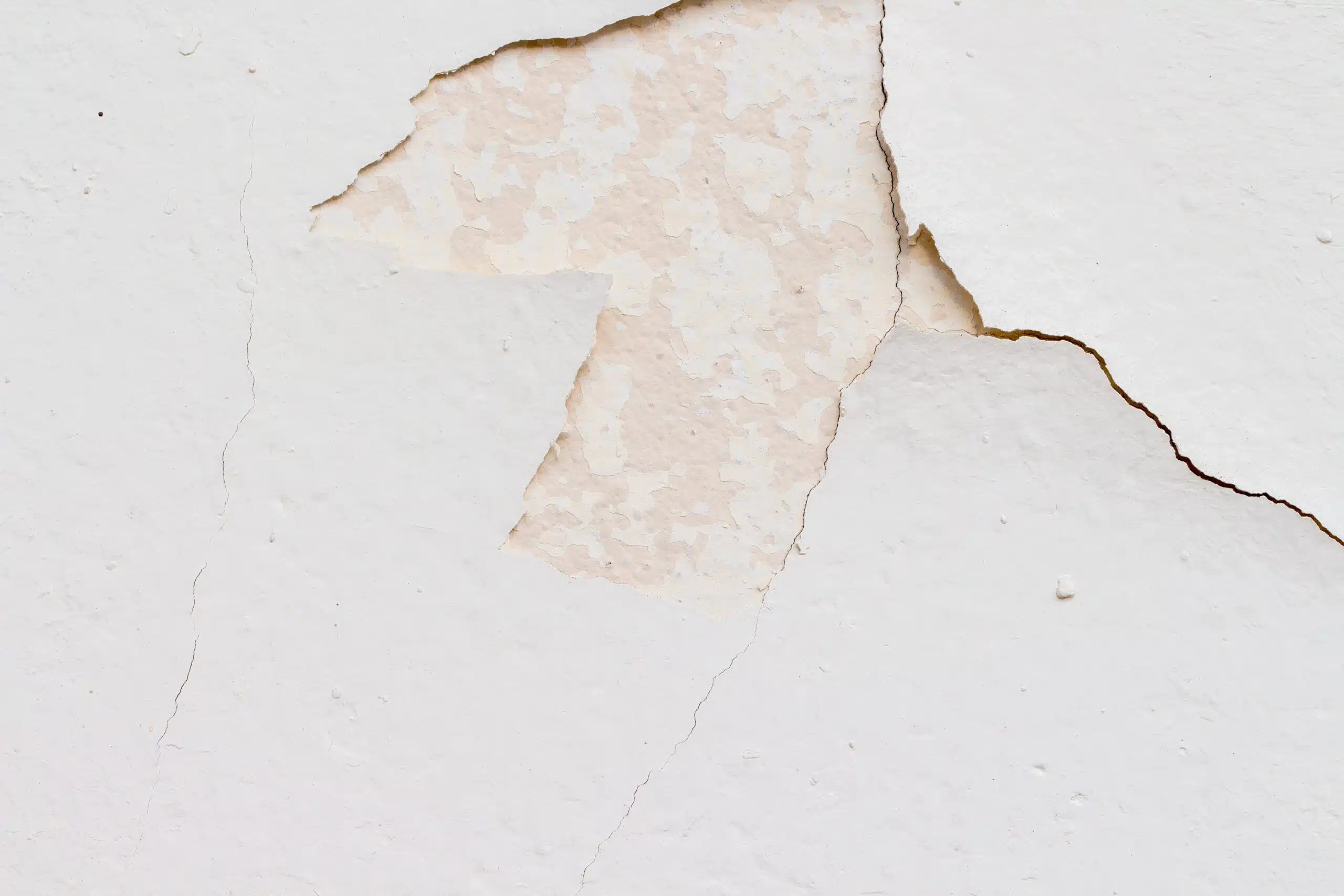Stucco is a popular and durable exterior finish that adds beauty and protection to homes. However, over time, stucco can develop cracks, which not only compromise the appearance of your home but also pose potential risks. It is crucial to address stucco cracks promptly to prevent further damage and maintain the integrity of your property. In this article, we will discuss the importance of fixing stucco cracks and provide you with a guide on how to fix them effectively.
The Importance of Fixing Stucco Cracks
- Preventing Water Infiltration: Stucco cracks can allow water to seep into the underlying layers, leading to moisture issues such as mold, mildew, and rot. Moisture infiltration can damage the structural components of your home and even impact indoor air quality. By fixing stucco cracks, you create a barrier against water intrusion, protecting your home from potential damage.
- Preserving Aesthetics: Cracked stucco can significantly diminish the visual appeal of your home. Whether you plan to sell your property or simply want to maintain its curb appeal, repairing stucco cracks is essential. A smooth and flawless stucco surface enhances the overall aesthetics of your home and boosts its value.
- Preventing Further Damage: Small cracks can worsen over time due to external factors like weather conditions, soil movement, and settling of the structure. If left unaddressed, these cracks can expand and lead to more significant issues, requiring costly repairs. Fixing stucco cracks early on can prevent them from becoming larger and more challenging to repair in the future.
How to Fix Stucco Cracks
Before attempting any stucco repairs, it’s essential to assess the severity of the cracks. Superficial hairline cracks can be repaired using different techniques, while larger and deeper cracks may require professional assistance. Here’s a general guide to fixing stucco cracks:
- Prepare the Surface: Start by cleaning the cracked area using a wire brush or a power washer. Remove any loose stucco, dirt, or debris from the crack and the surrounding surface. Ensure the area is dry before proceeding with the repair.
- Apply Bonding Agent: To enhance adhesion, apply a bonding agent or primer to the cleaned and dried surface. This helps the repair material bond effectively with the existing stucco.
- Fill the Crack: Use a high-quality stucco patching compound or repair mortar to fill the crack. Follow the manufacturer’s instructions to mix the material to the correct consistency. Using a trowel or putty knife, carefully press the repair material into the crack, ensuring it is completely filled.
- Smooth and Blend: After filling the crack, use a trowel or sponge float to smooth the repaired area and blend it with the surrounding stucco. Feather the edges of the patch to create a seamless transition between the old and new stucco.
- Curing and Finishing: Allow the repair to cure according to the manufacturer’s instructions. This typically involves keeping the patched area moist by misting with water periodically. Once the repair is fully cured, you can paint or apply a stucco finish coat to match the rest of the exterior surface.
Note: For larger or more severe cracks, it is advisable to consult a professional stucco contractor. They have the expertise and equipment to assess the extent of the damage and perform the necessary repairs to ensure a long-lasting and structurally sound solution.
Preventing Future Cracks
While fixing existing stucco cracks is crucial, it is also essential to take preventive measures to minimize the likelihood of future cracks. Here are some tips:
- Maintain Proper Drainage: Ensure that gutters and downspouts are functioning correctly to divert water away from the stucco walls. Proper drainage helps prevent water accumulation, which can lead to cracks.
- Address Foundation Issues: Cracks in stucco can sometimes be a result of underlying foundation problems. If you notice recurring cracks, consult a foundation specialist to assess and address any foundation issues.
- Perform Regular Inspections: Conduct routine inspections of your stucco exterior to identify and address any cracks or signs of damage promptly. Early detection and repair can prevent further deterioration.
- Consider Expansion Joints: For areas prone to movement, such as corners and joints, installing expansion joints can help accommodate any structural shifts and minimize the risk of cracks.
Fixing stucco cracks is essential for maintaining the integrity, aesthetics, and value of your home. By addressing cracks promptly and following the proper repair techniques, you can prevent water infiltration, preserve the visual appeal of your property, and avoid more significant repair expenses in the future. Remember to assess the severity of cracks and seek professional assistance if needed. By taking preventive measures and performing regular inspections, you can minimize the occurrence of stucco cracks and ensure the longevity of your exterior stucco finish.
Cracked Brick and Stucco Repair from CDP Stucco
CDP Stucco has repaired cracked stucco for homeowners throughout Florida. If you are unsure if the cracks indicate foundation failure, a representative from CDP Stucco can provide an inspection to give you back peace of mind.
Contact us today for an inspection of your cracked stucco repair! If you are interested in Stucco Installation or Stucco Repair, call the experts at CDP Stucco now at 850-259-2283

